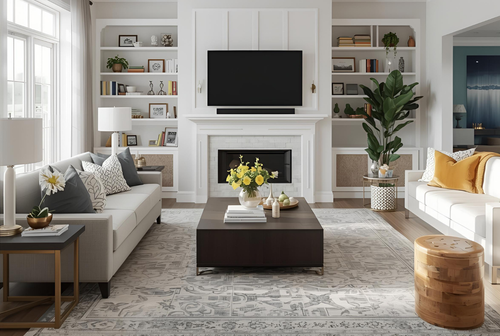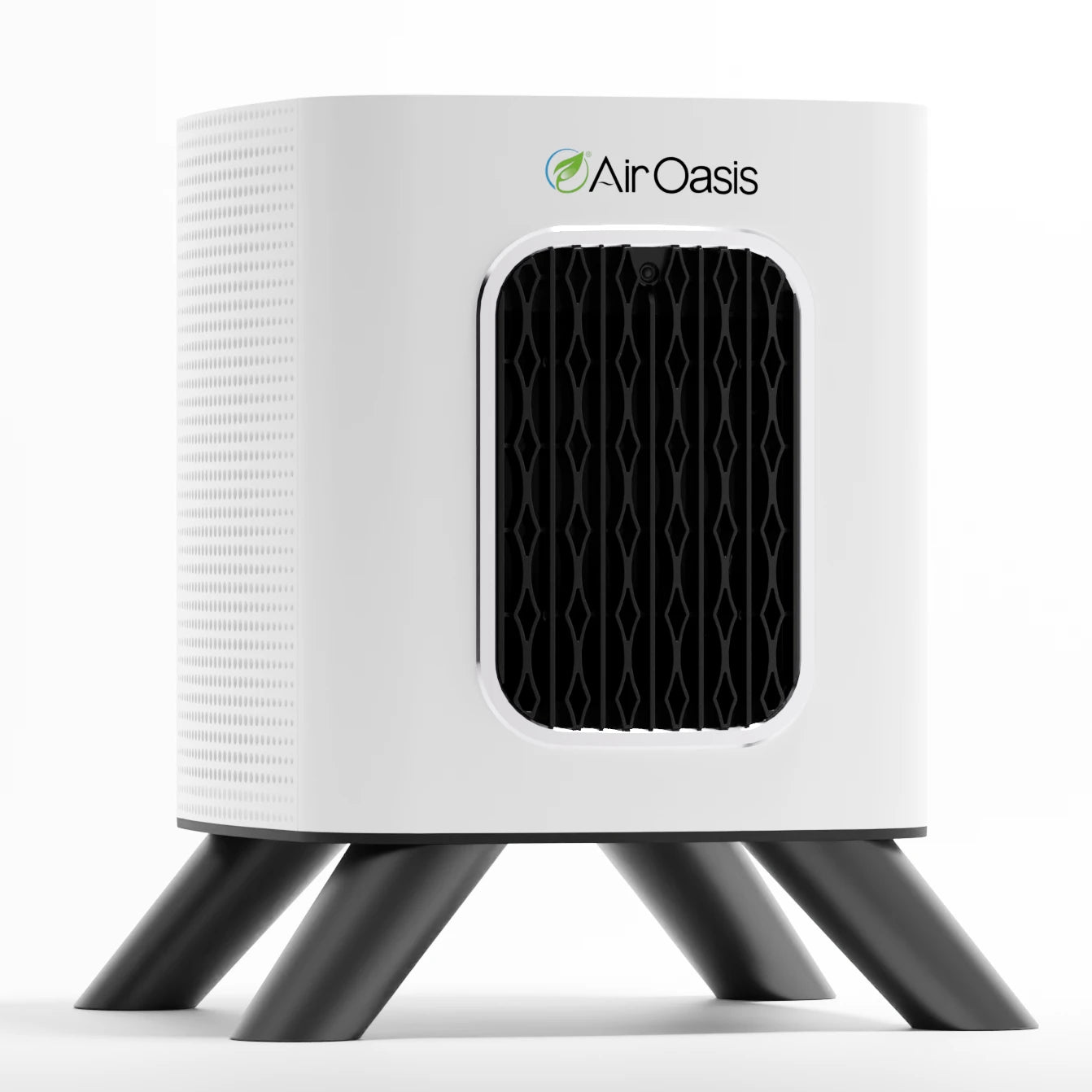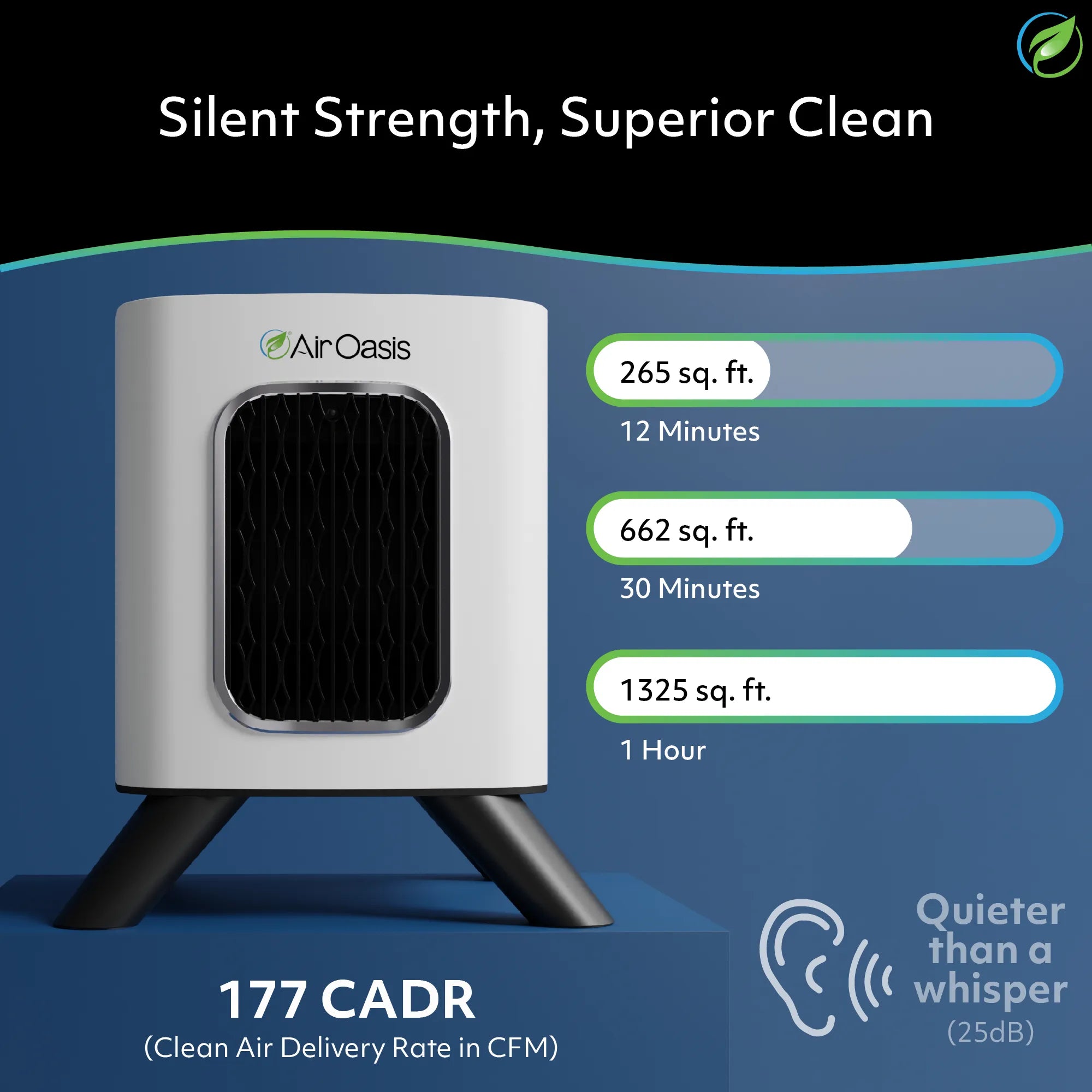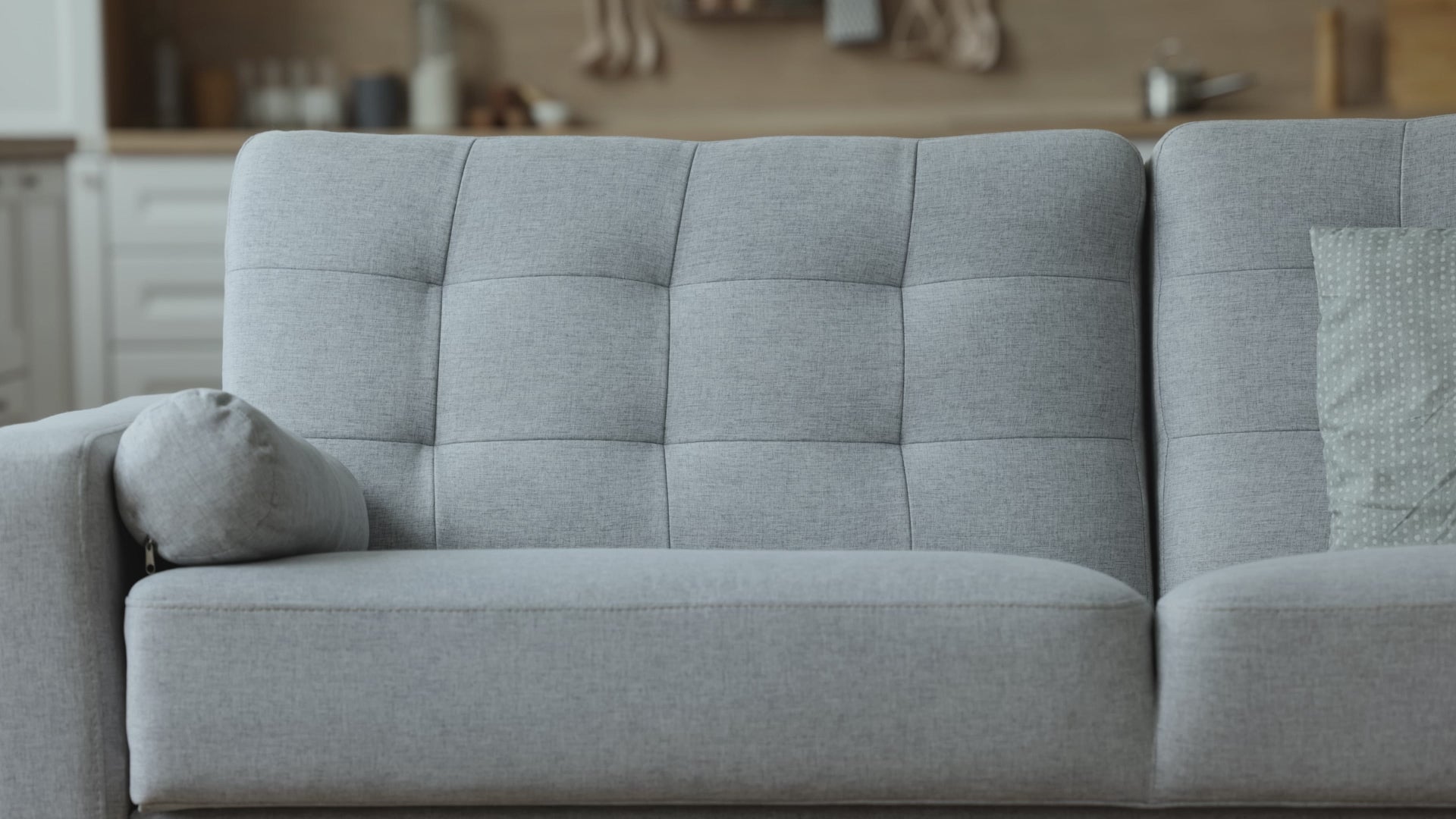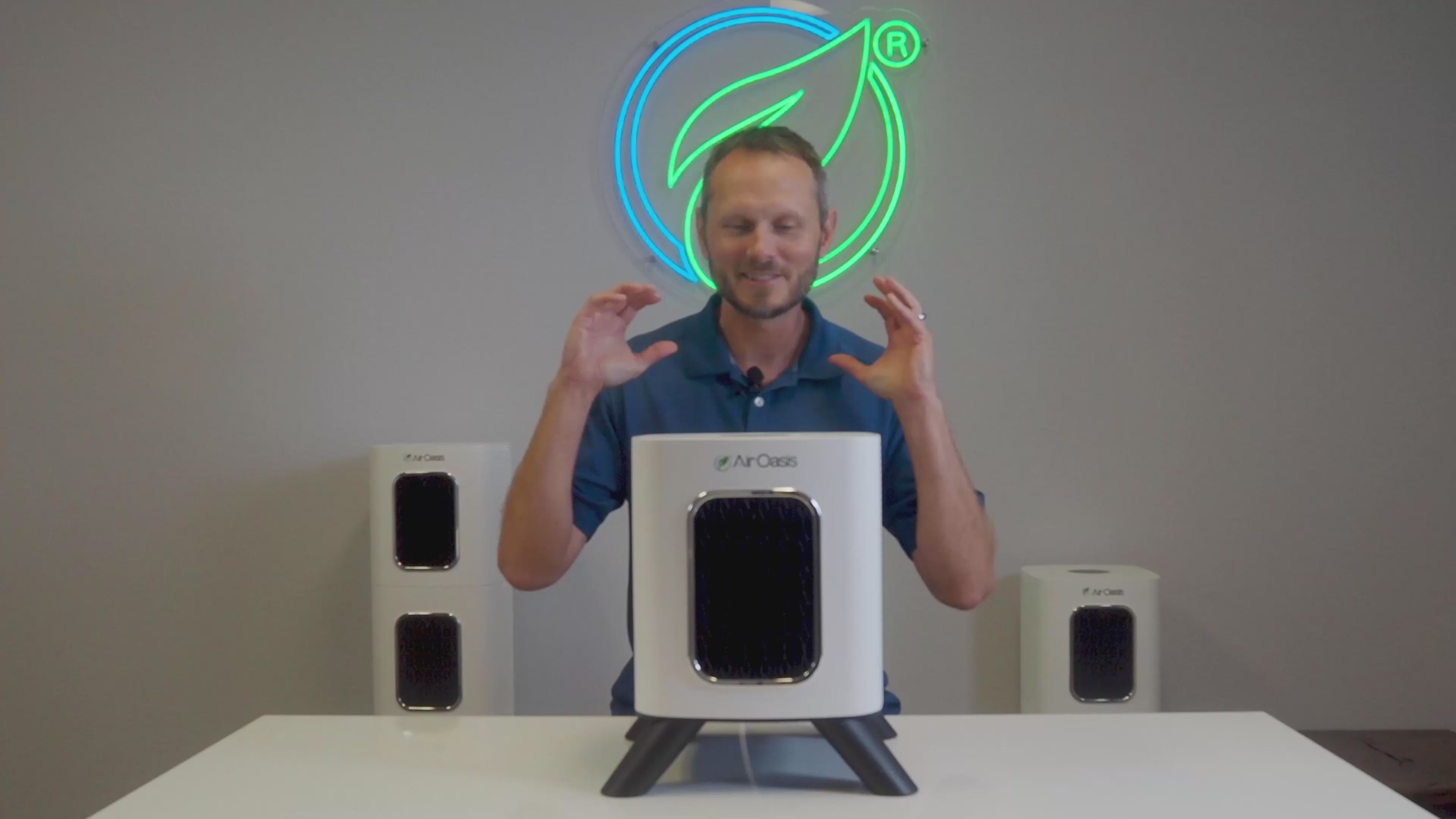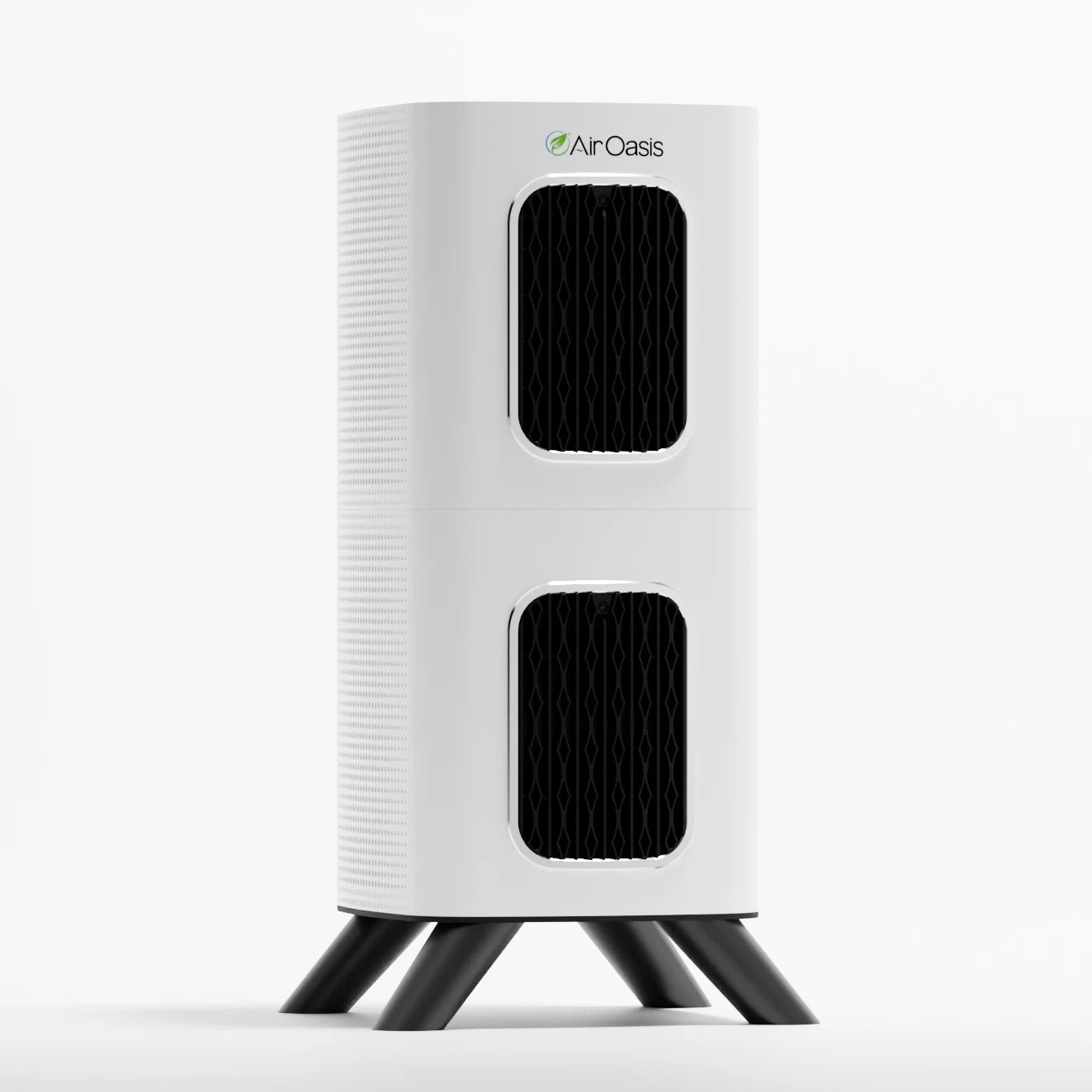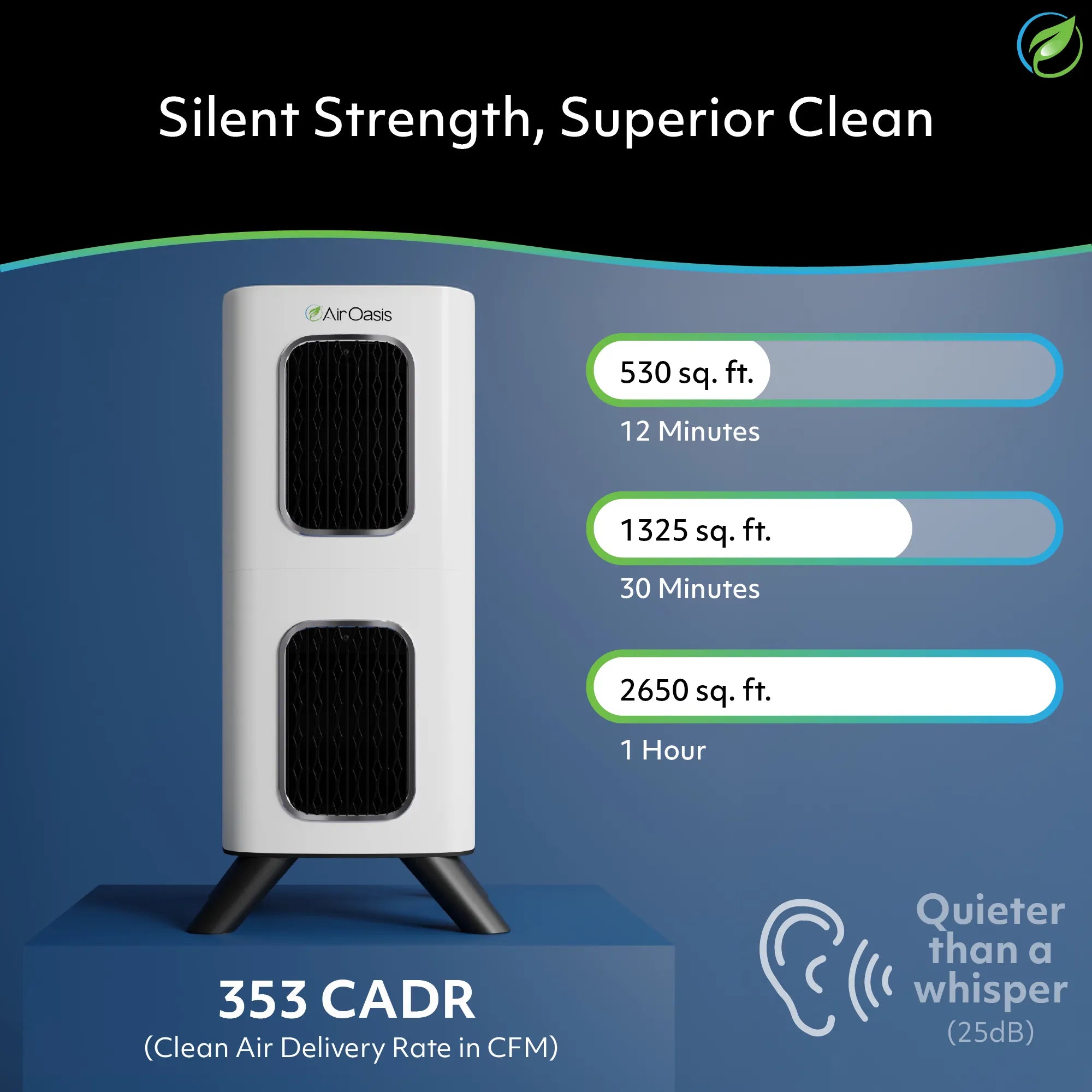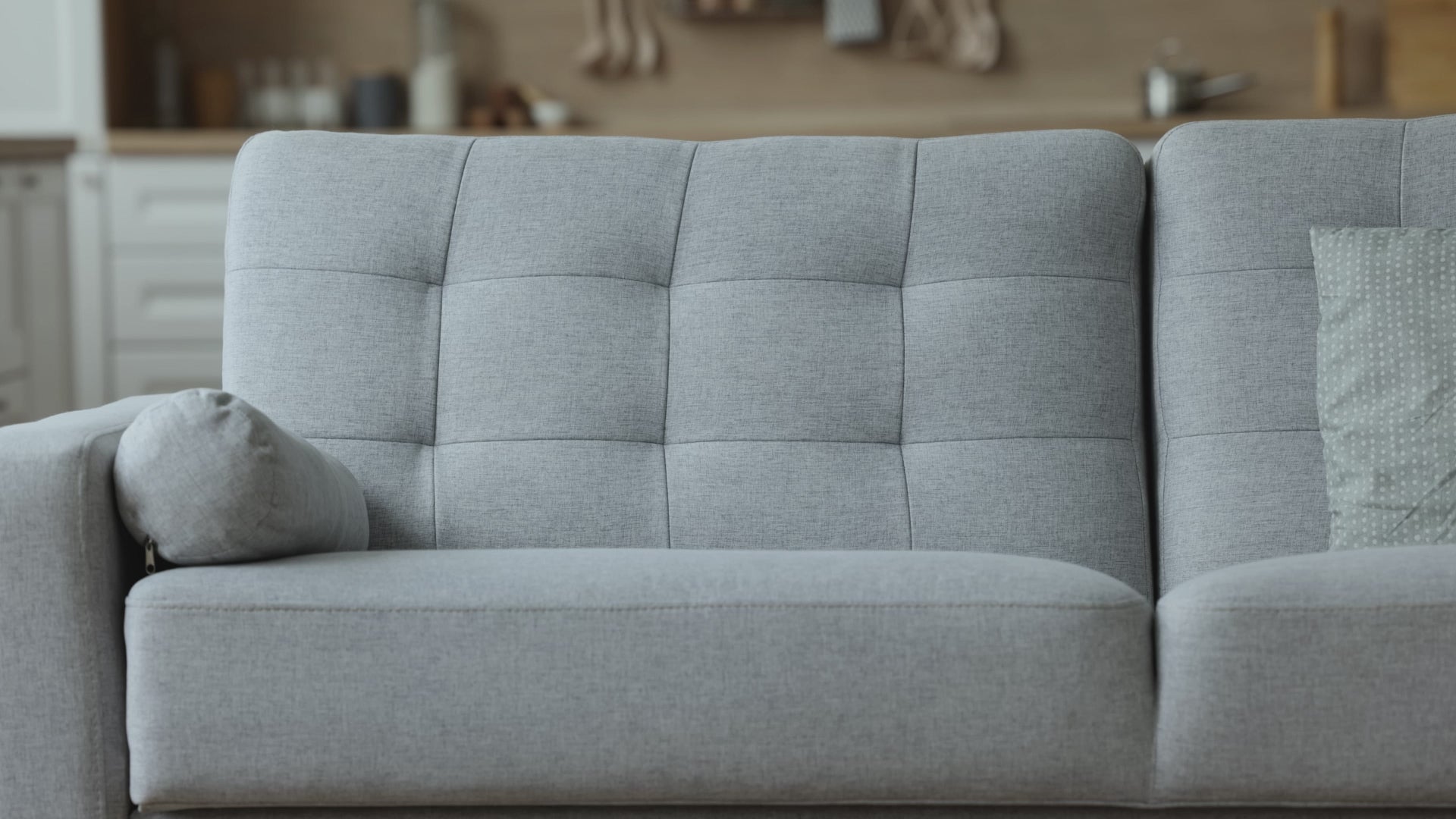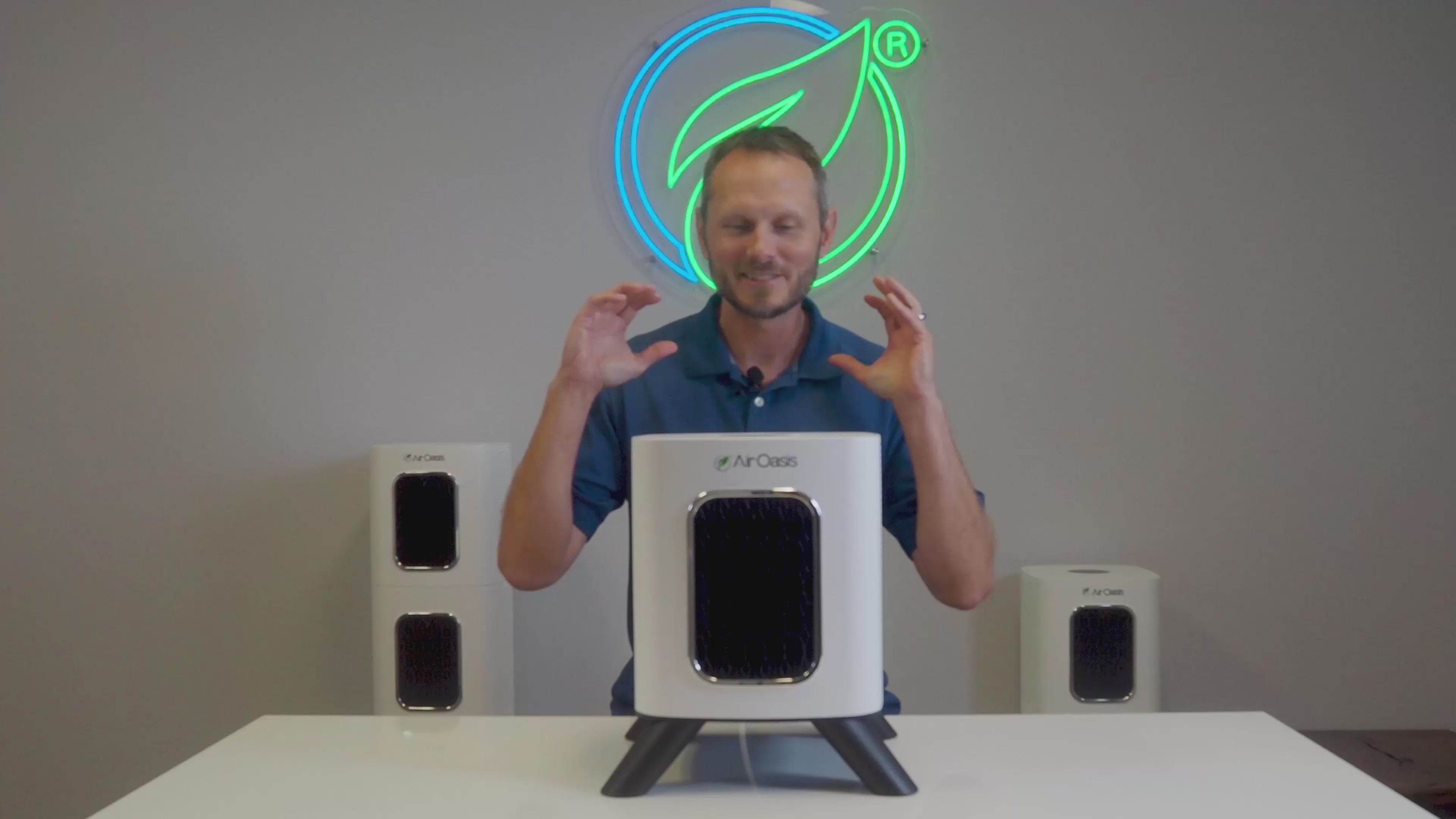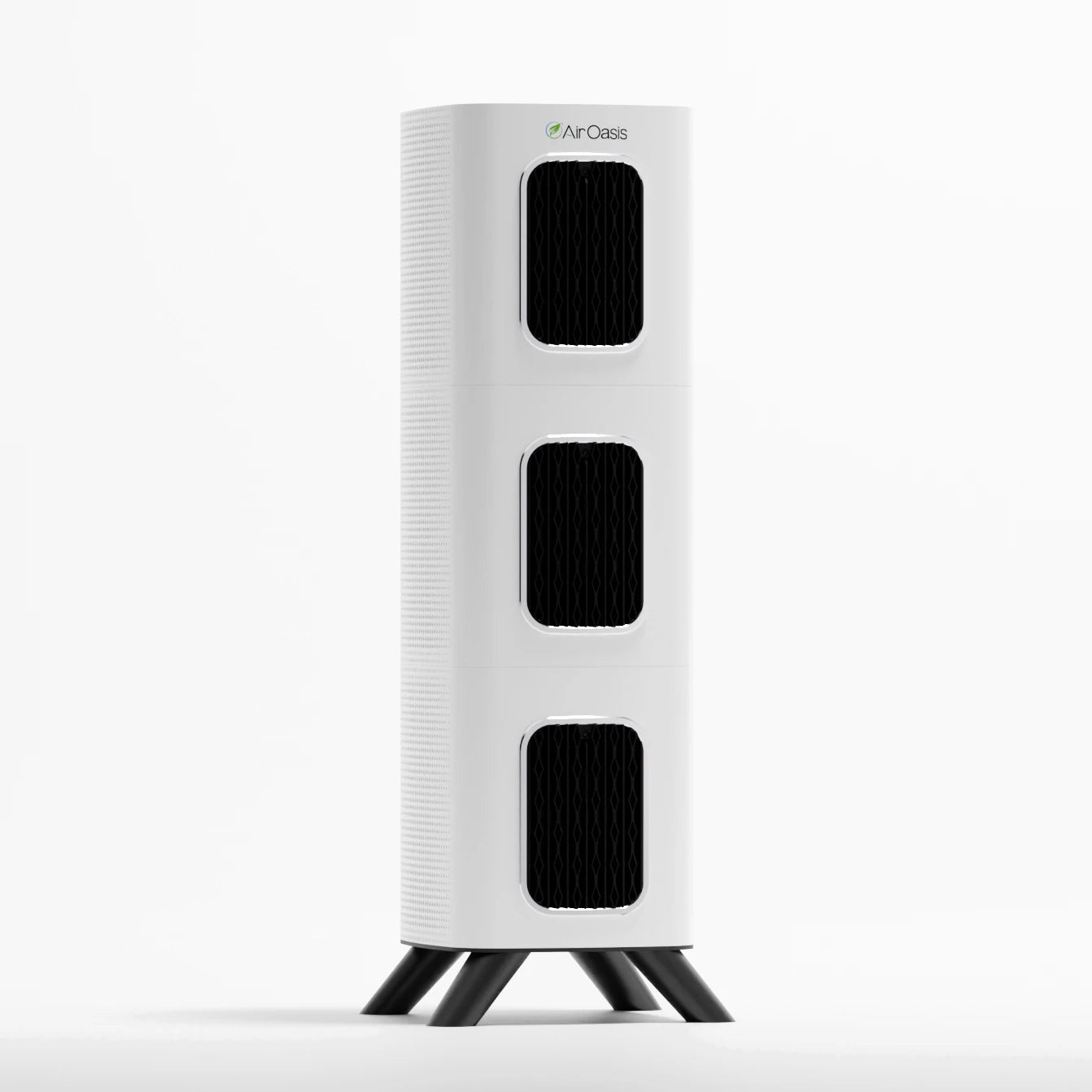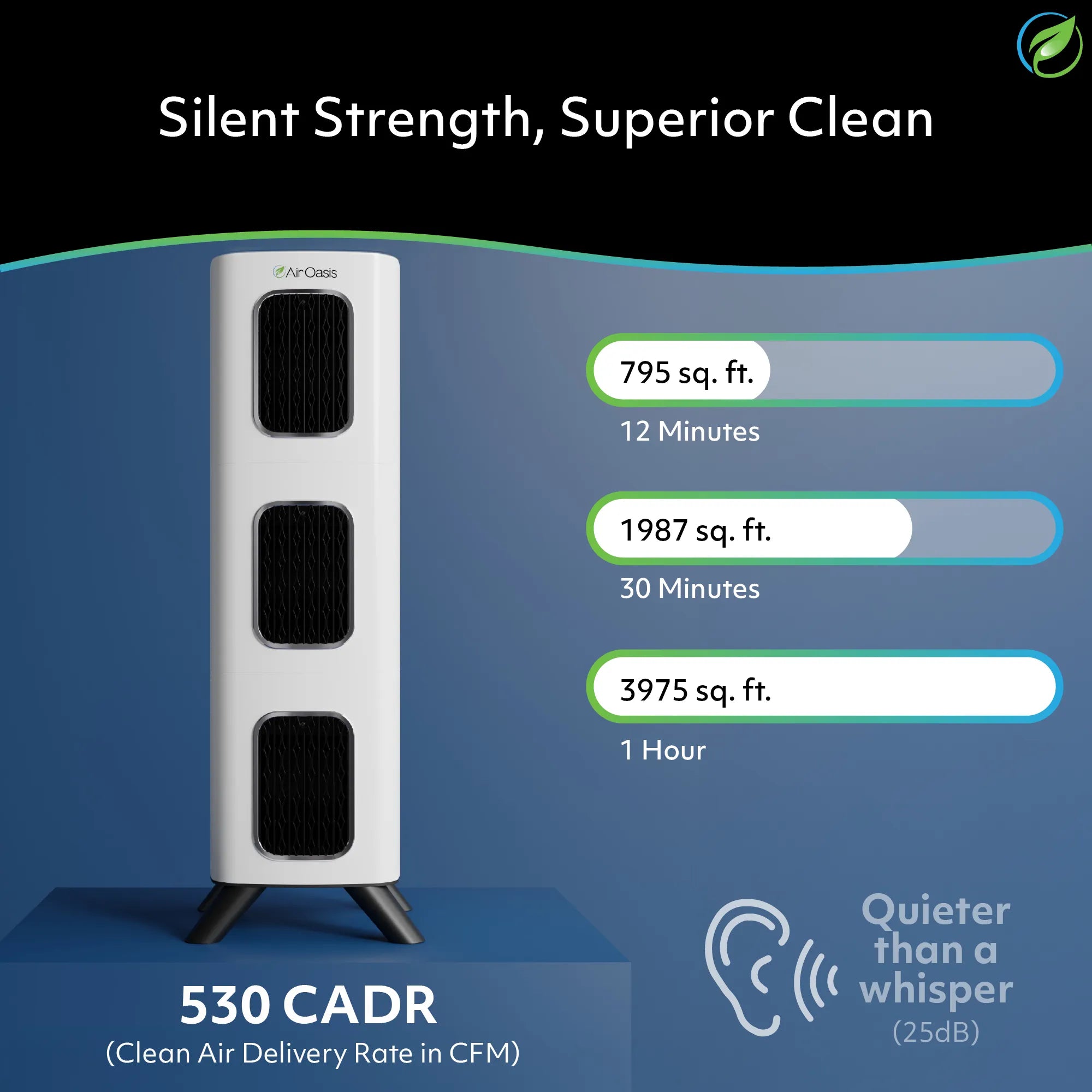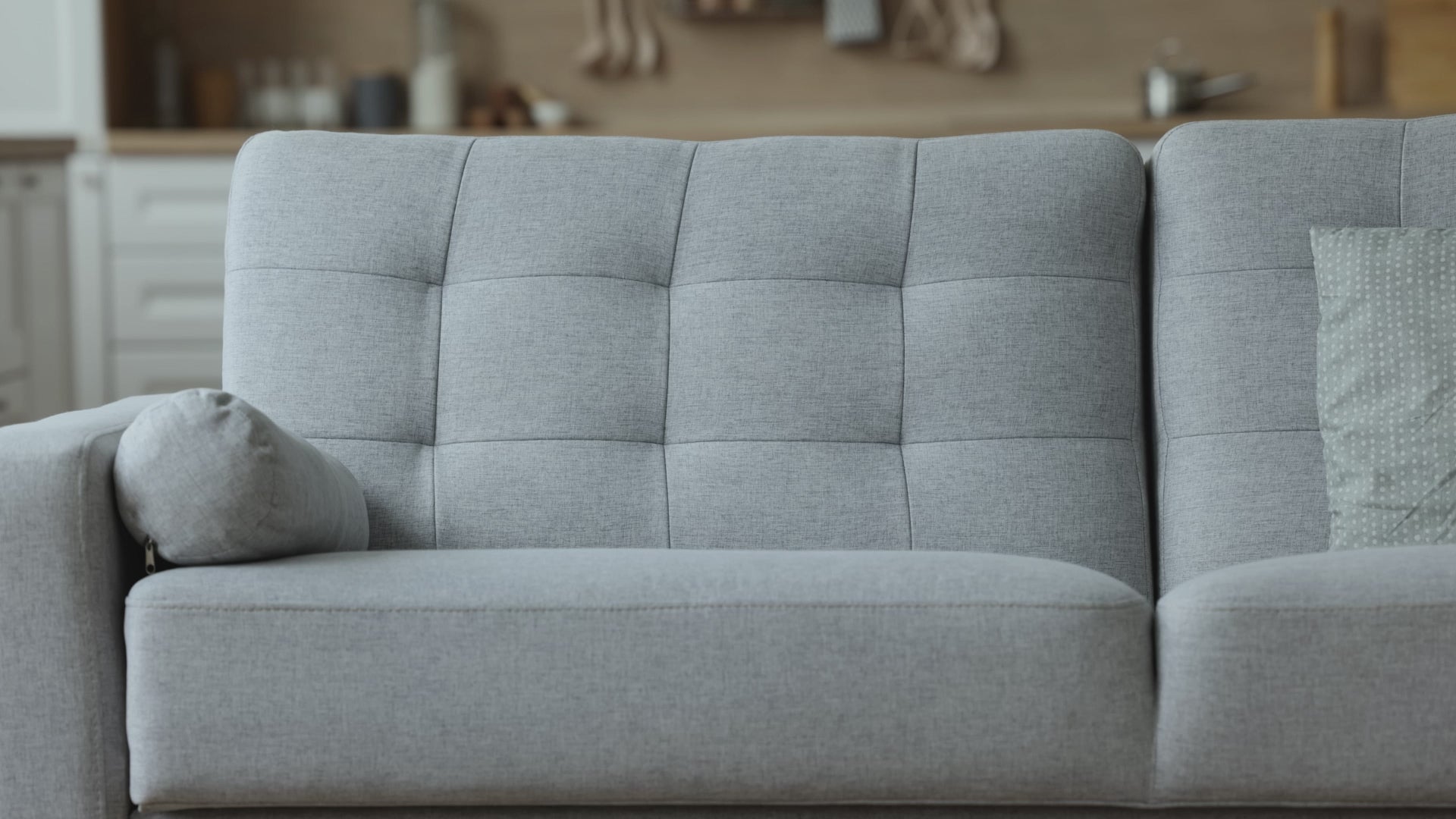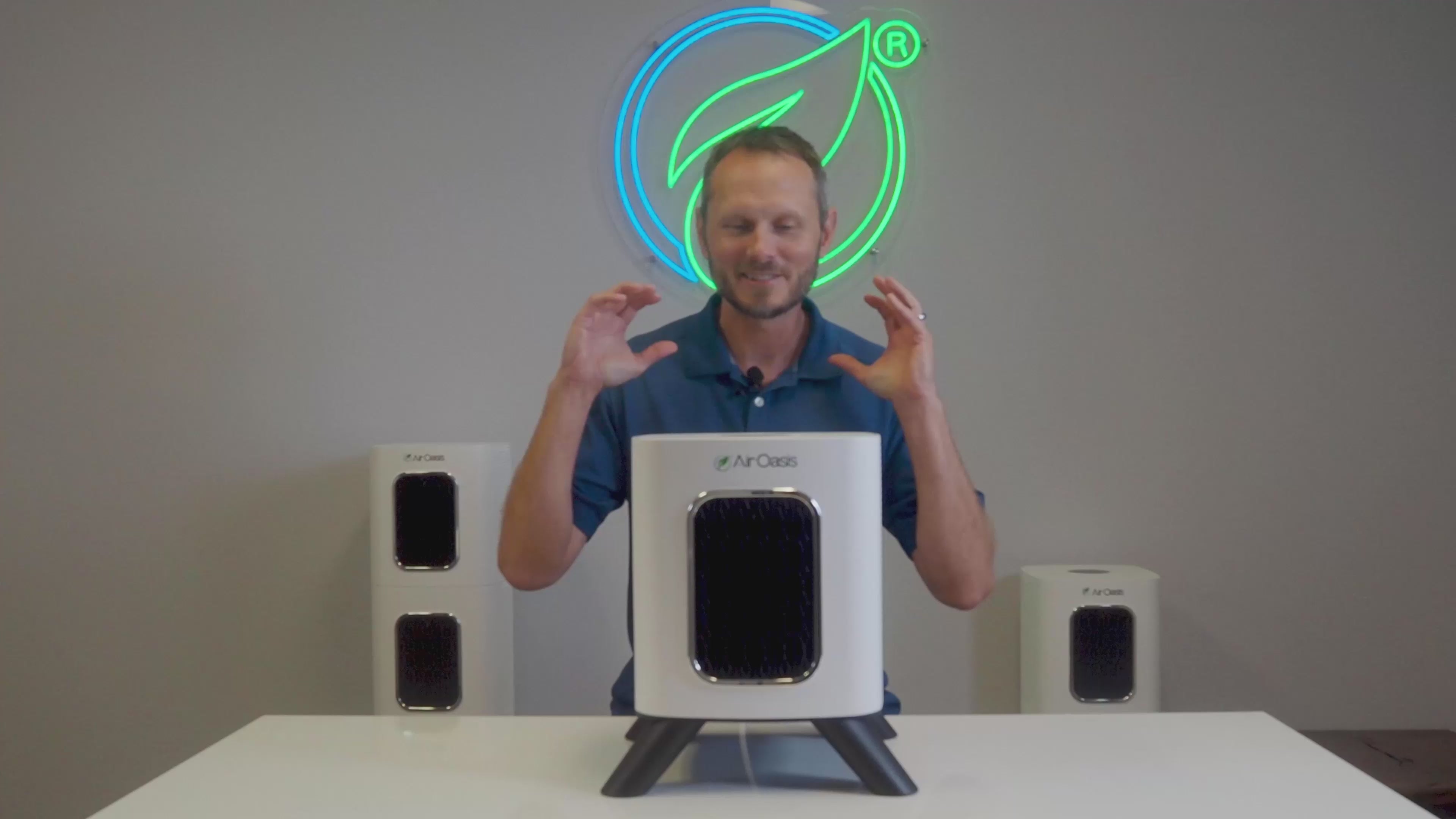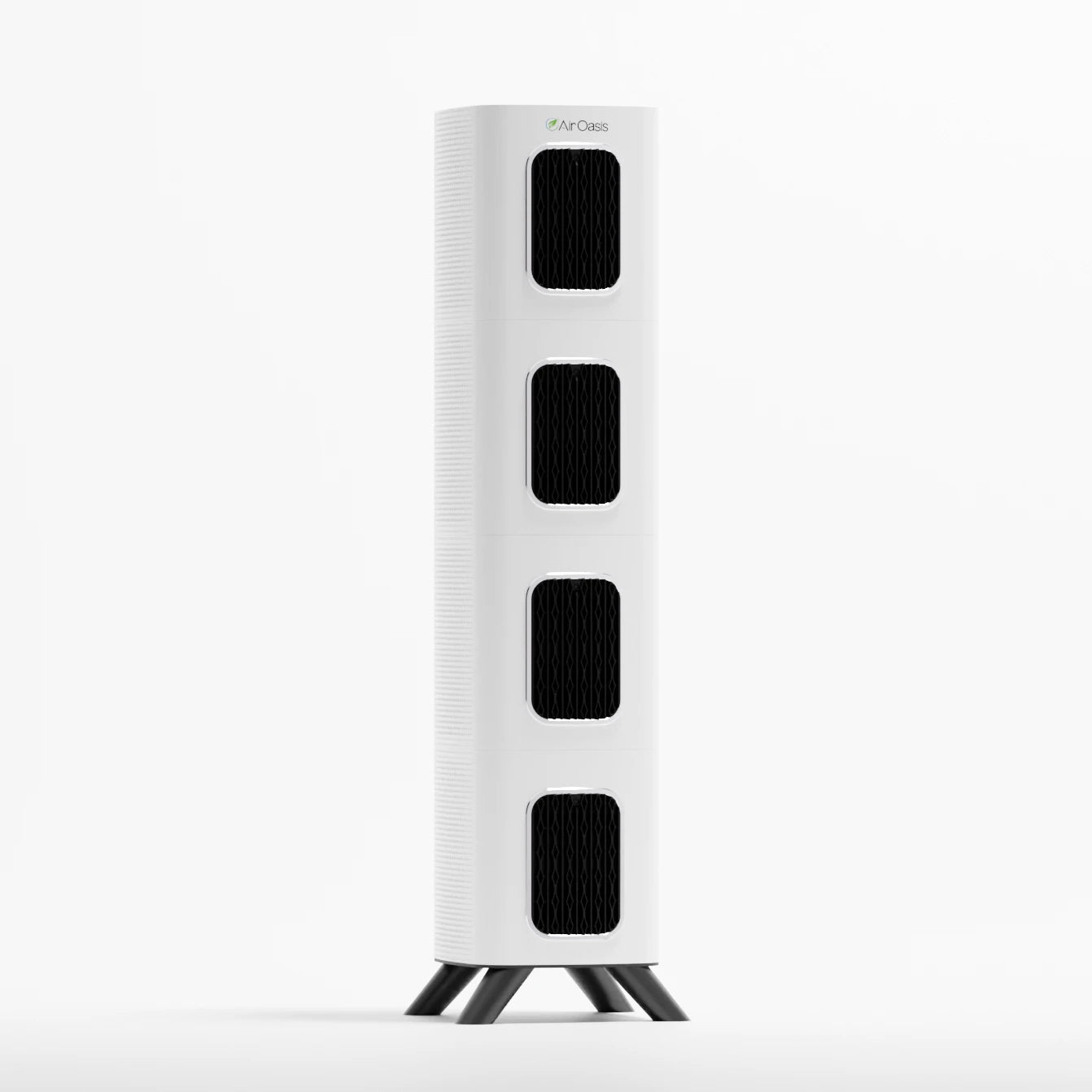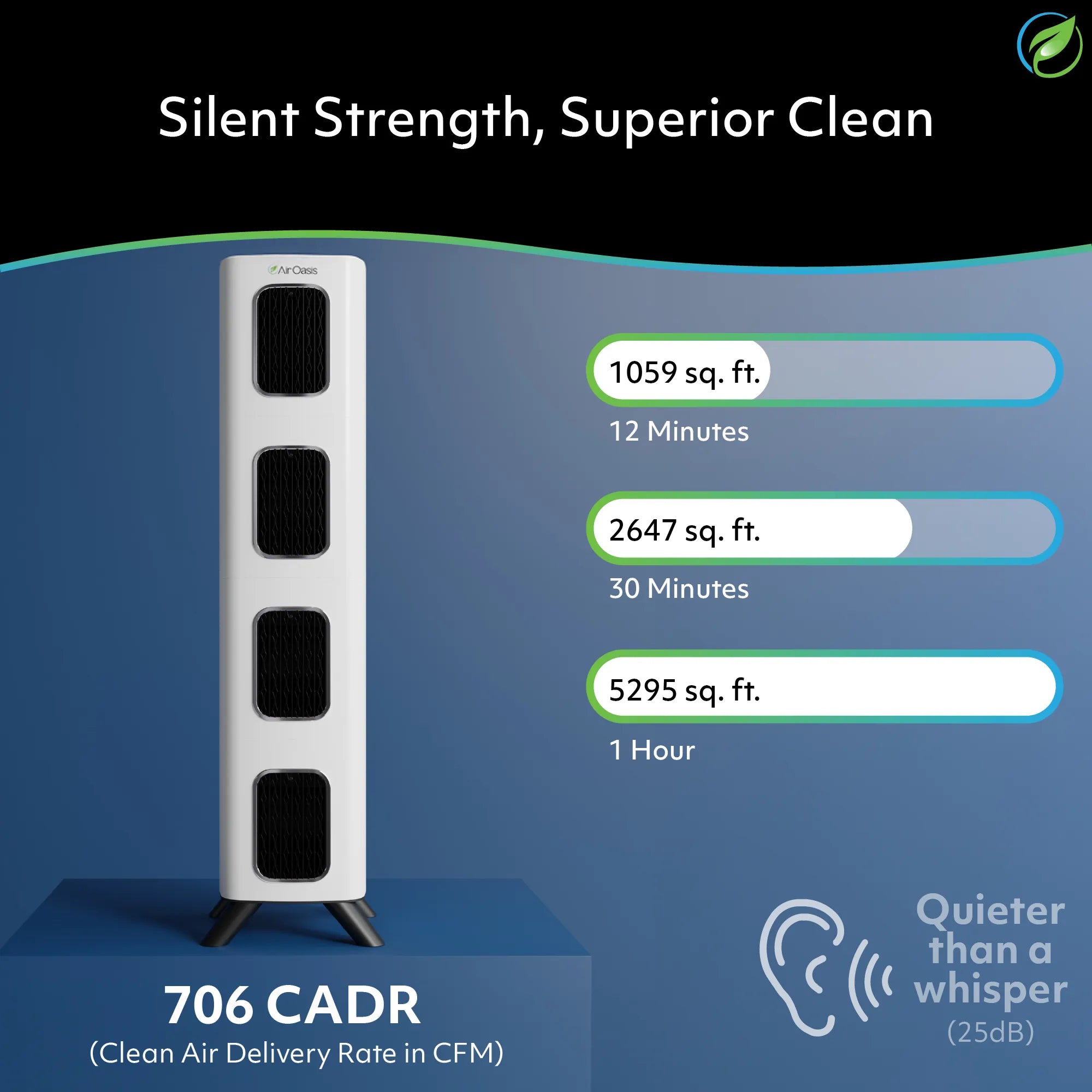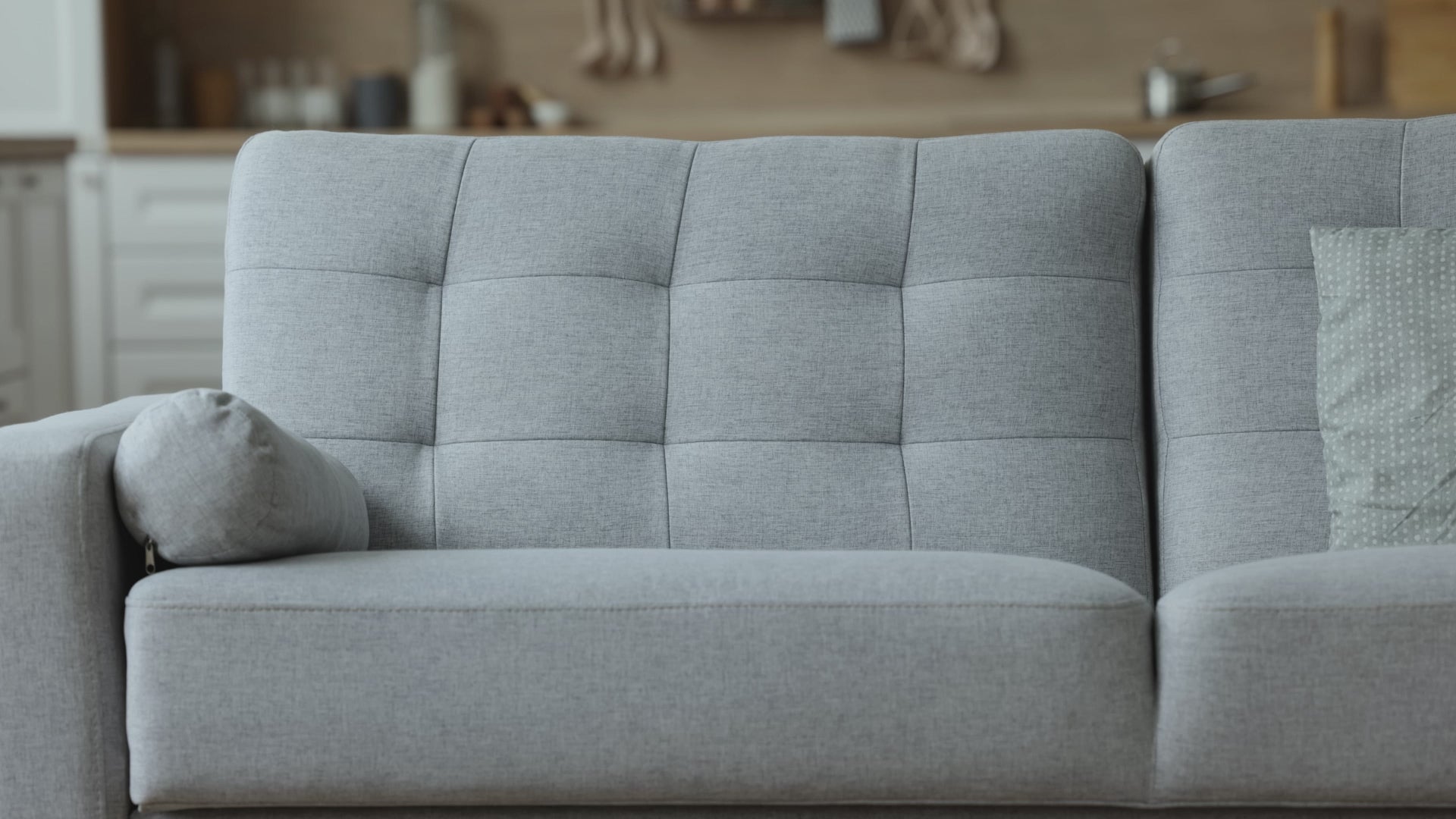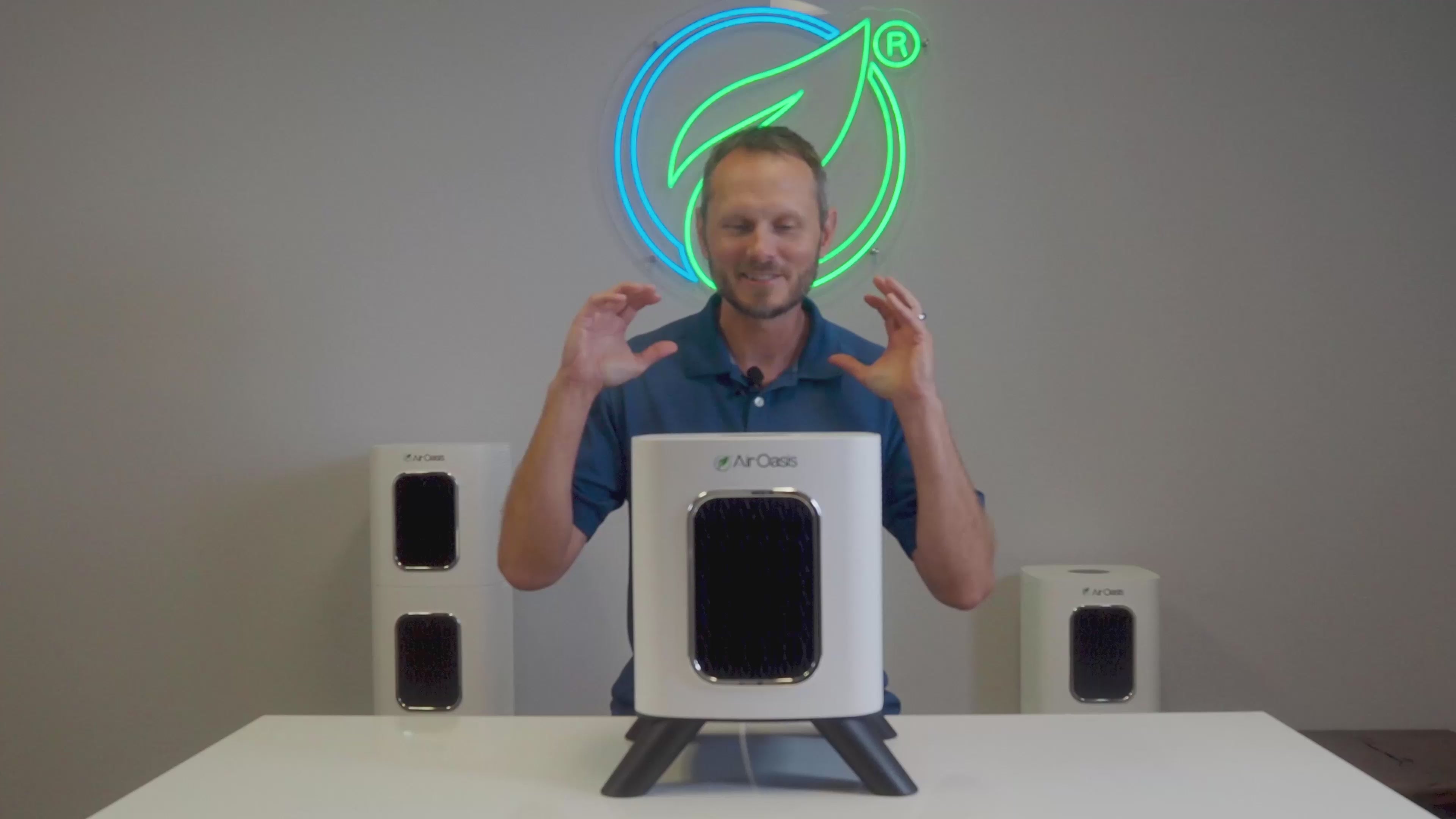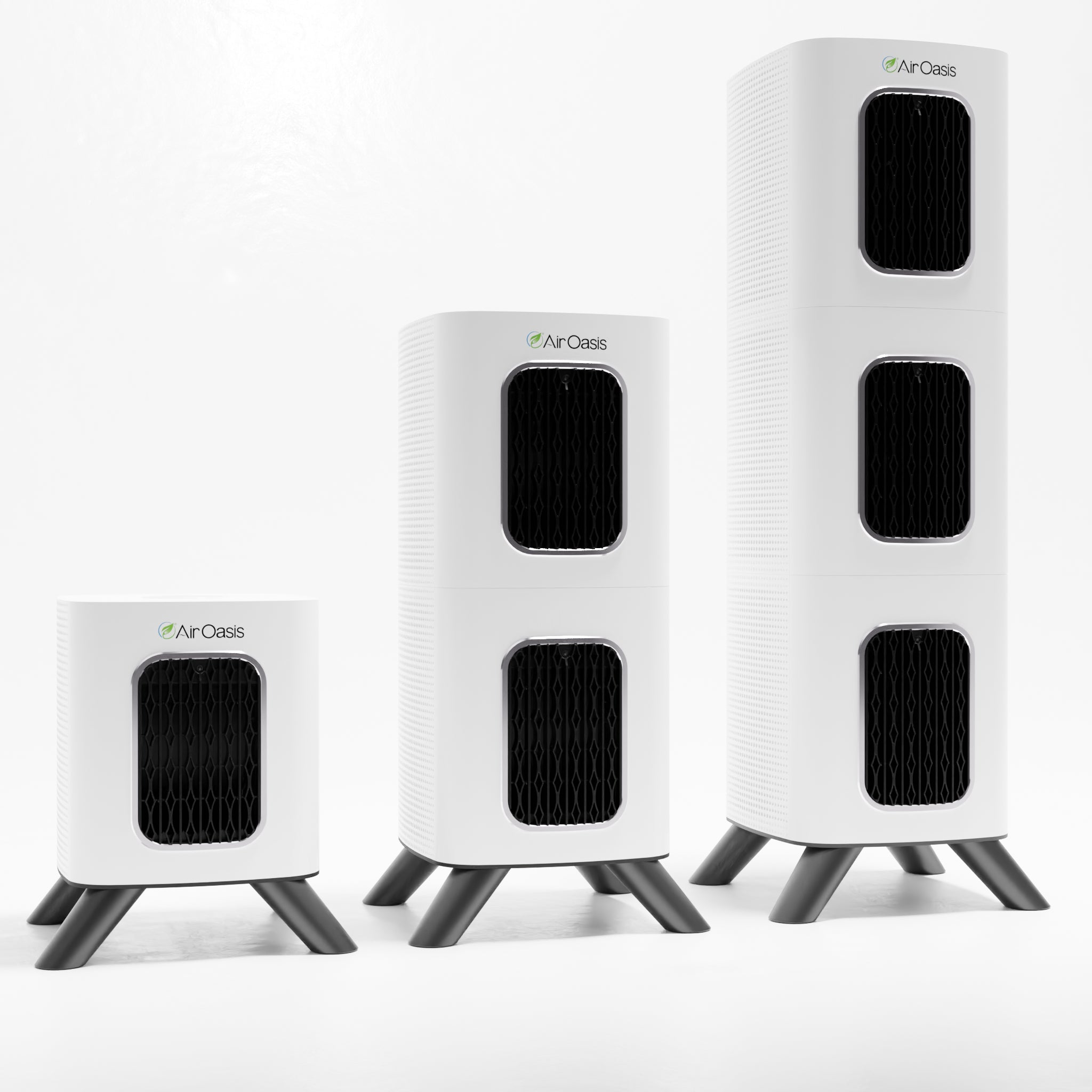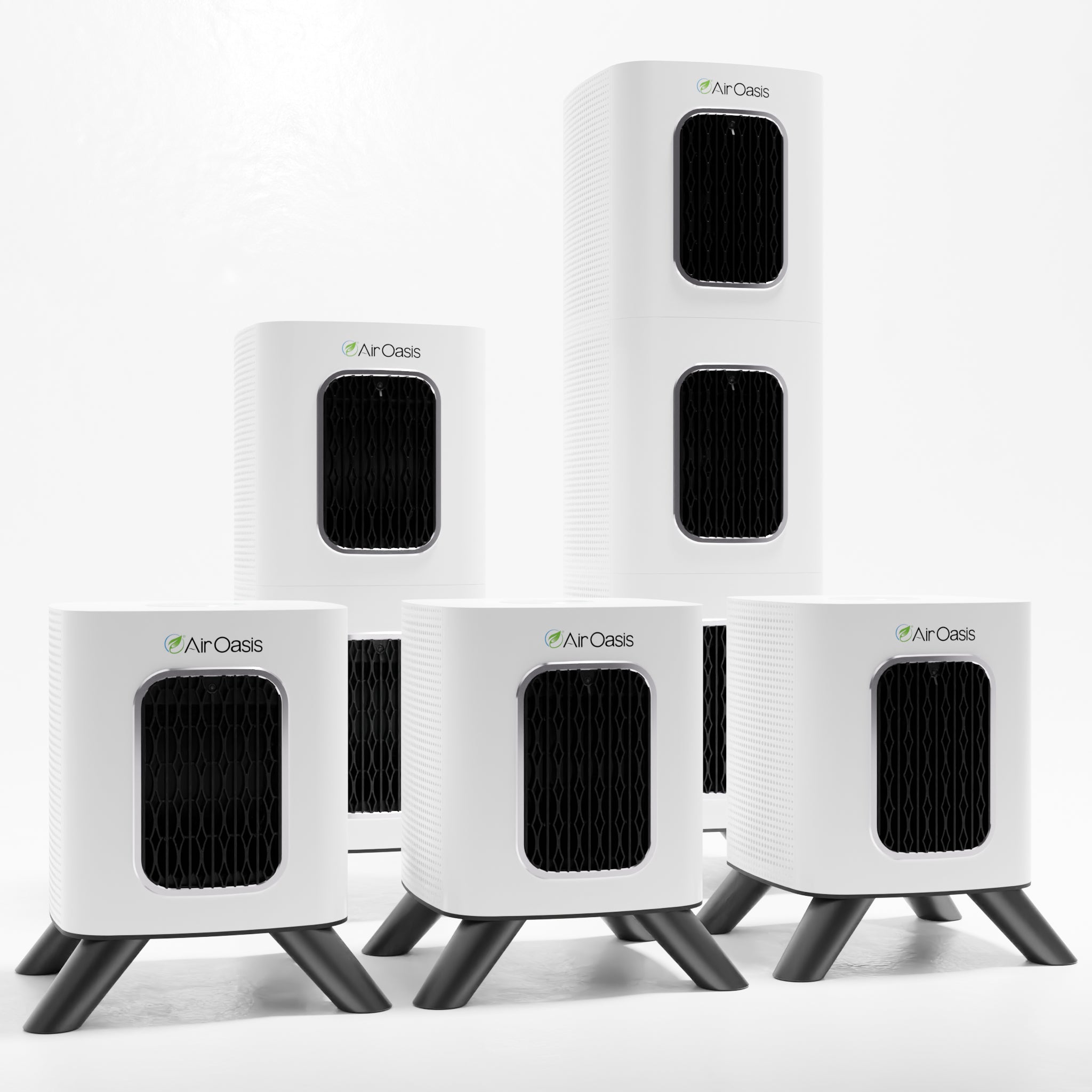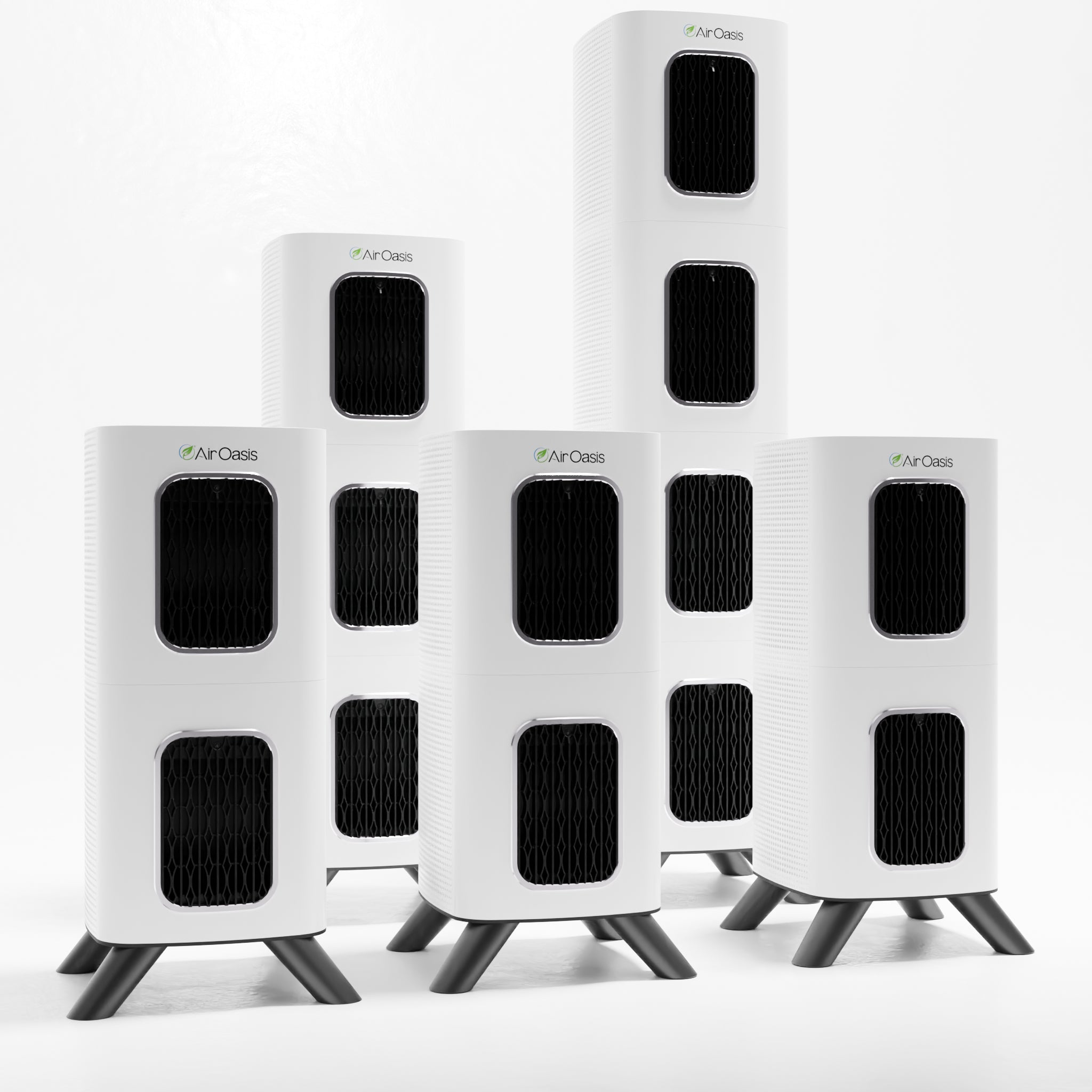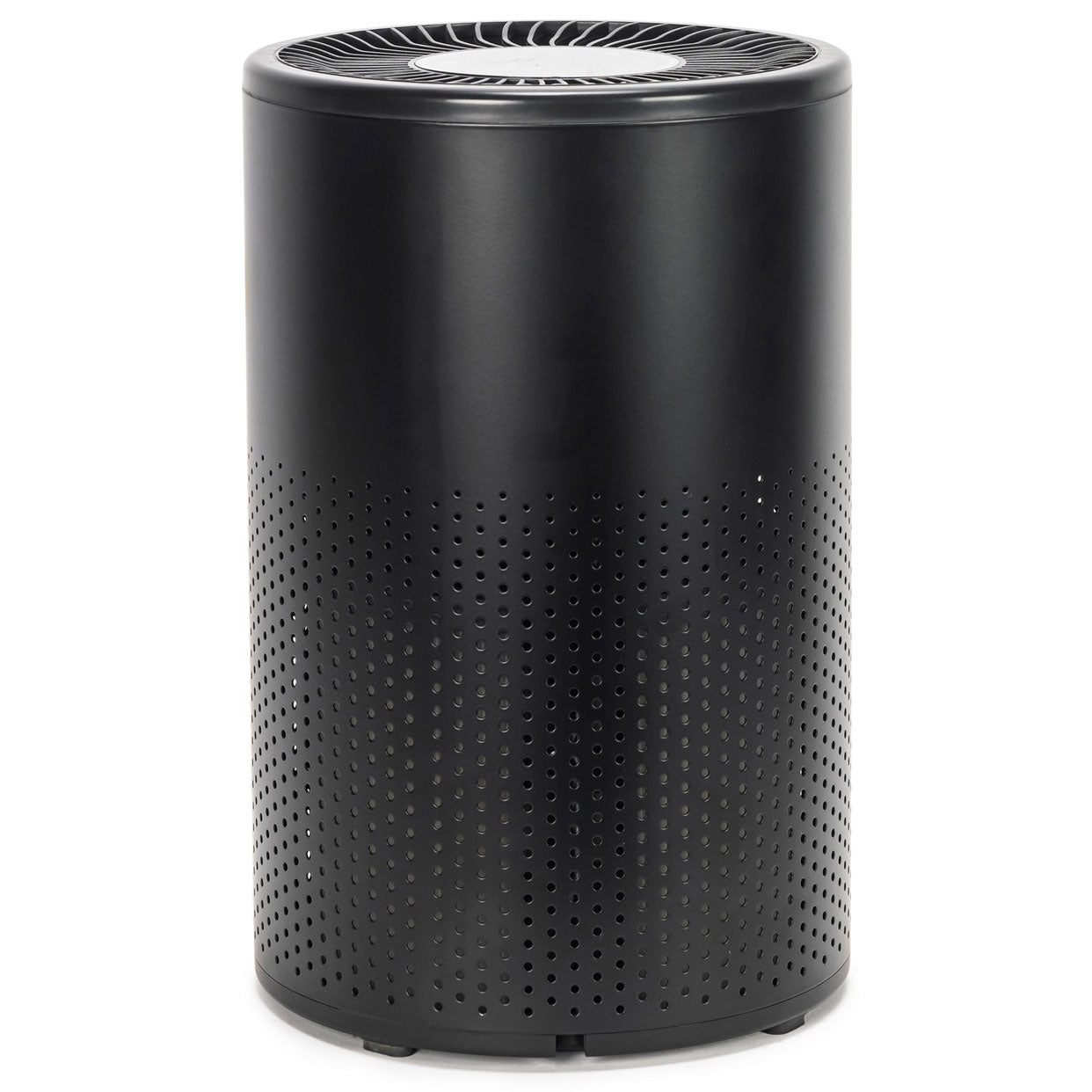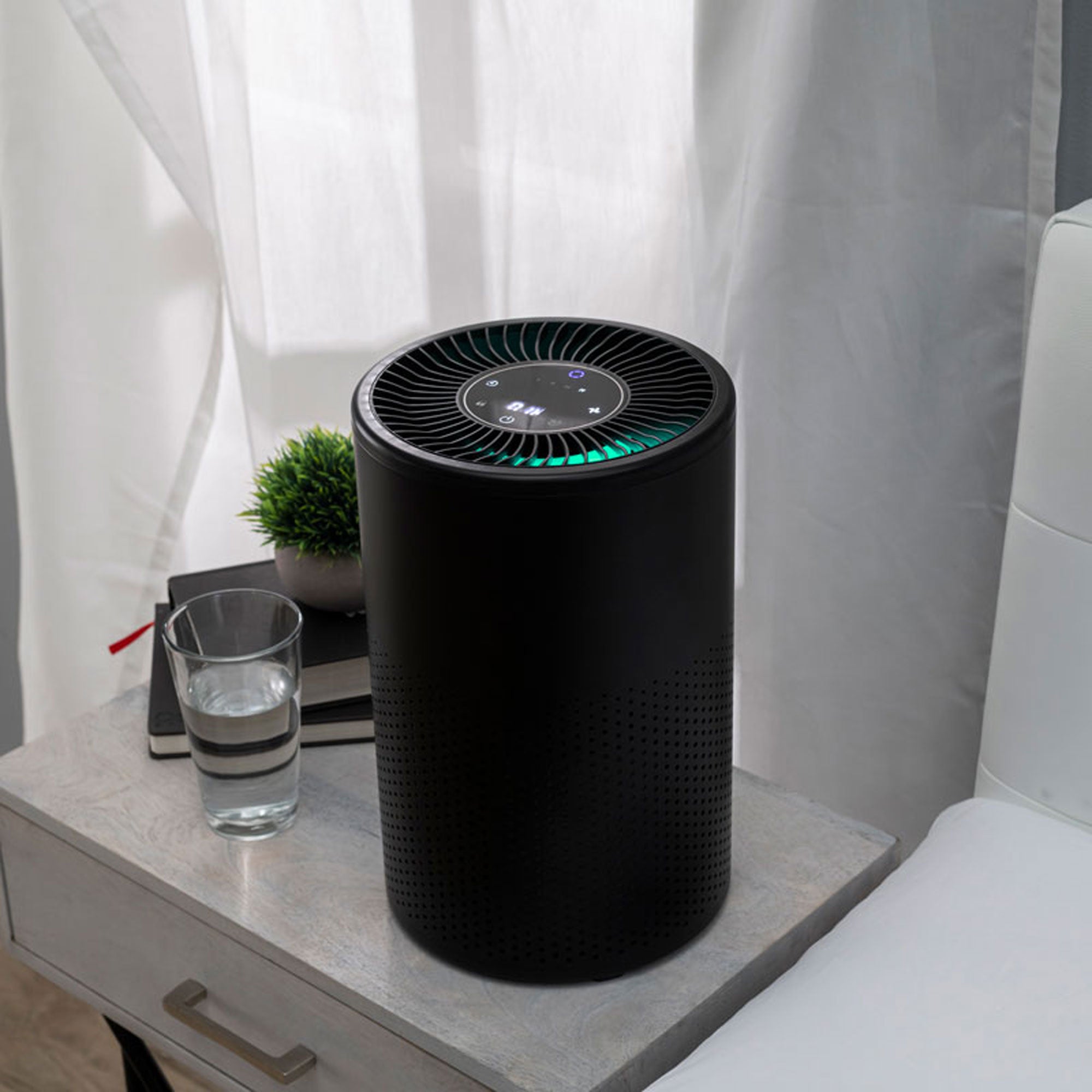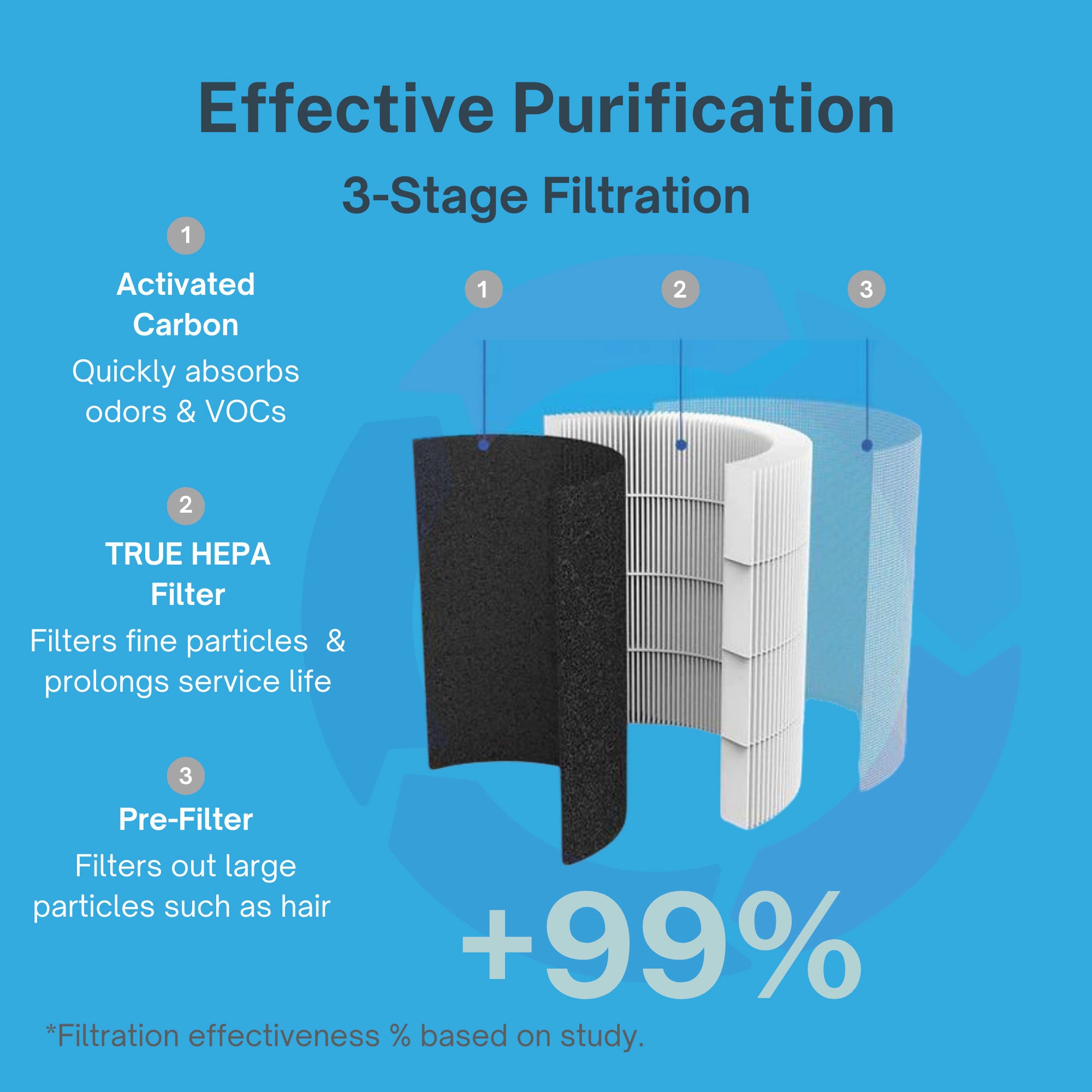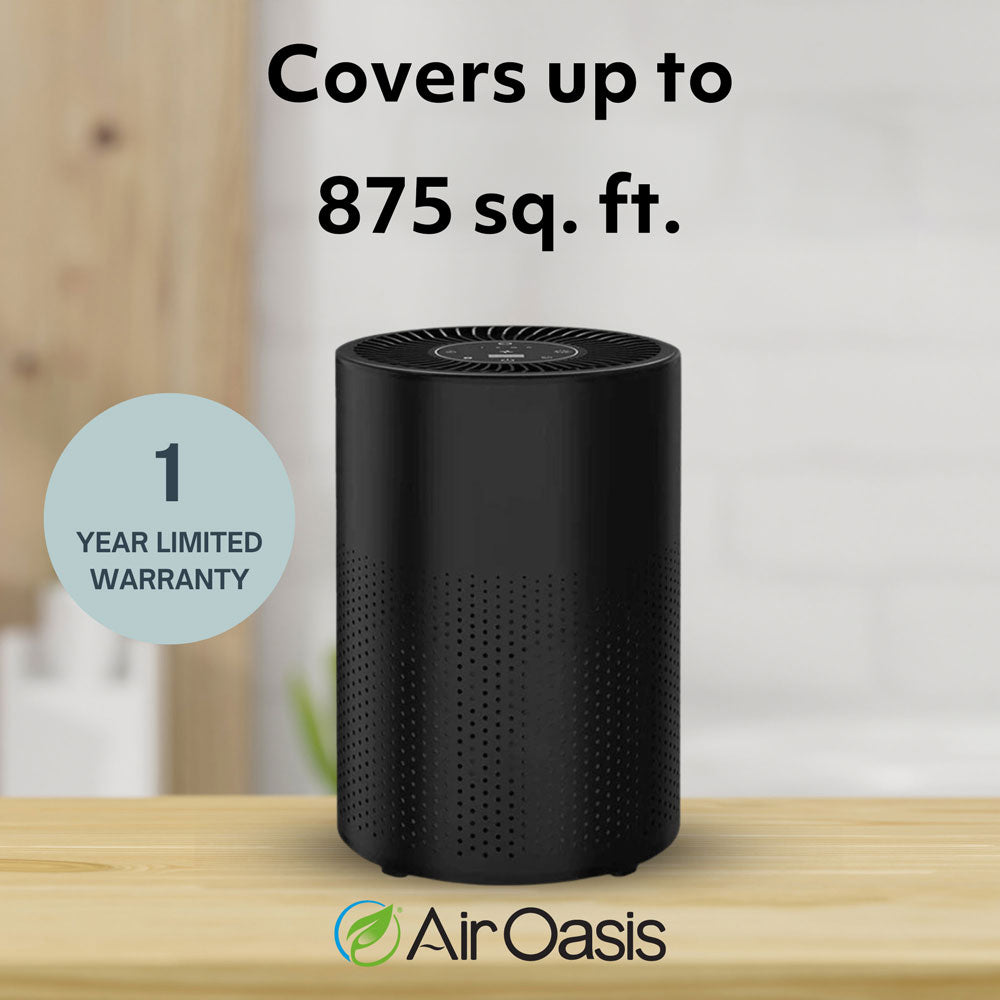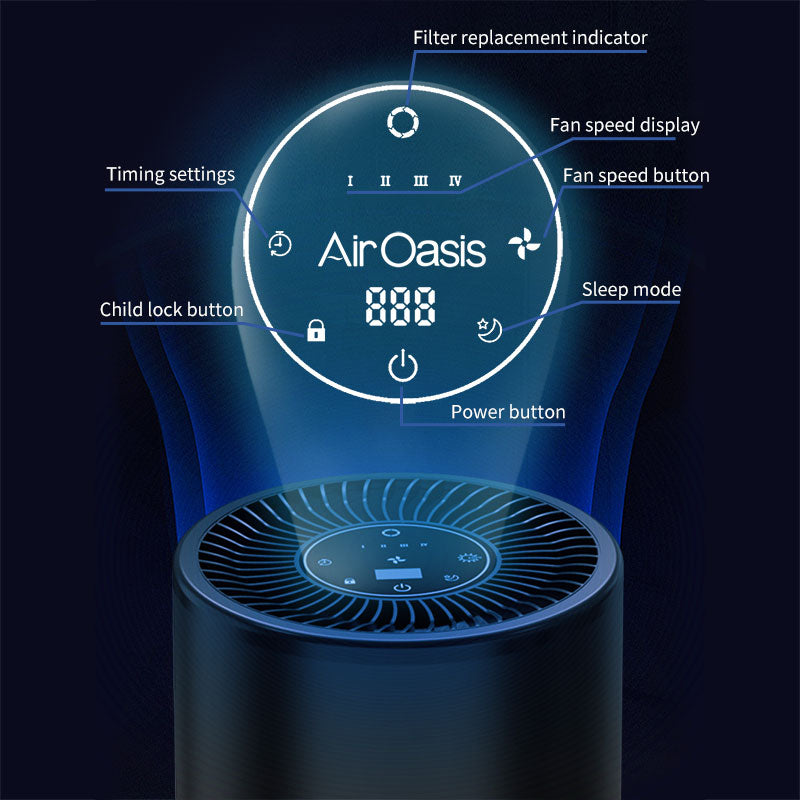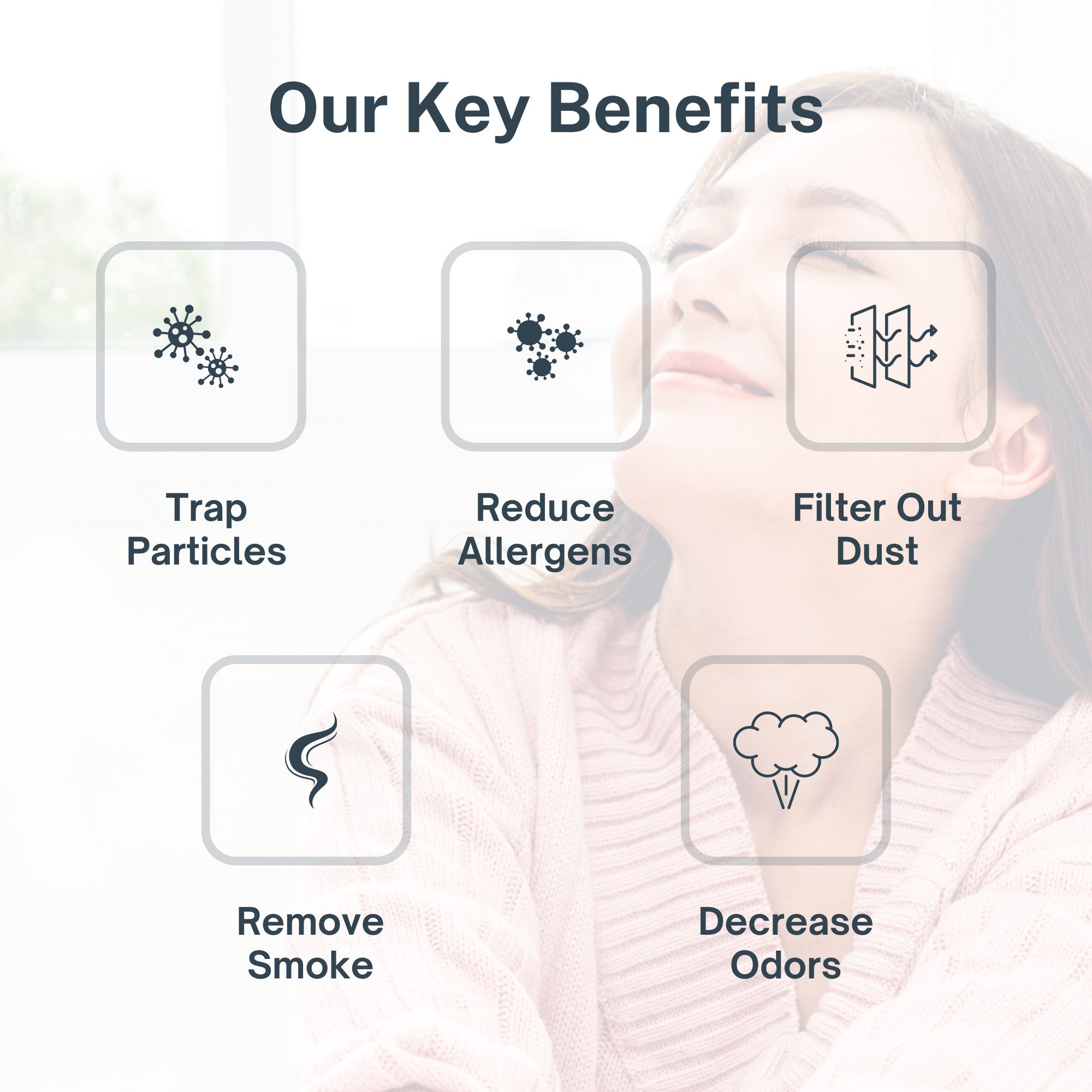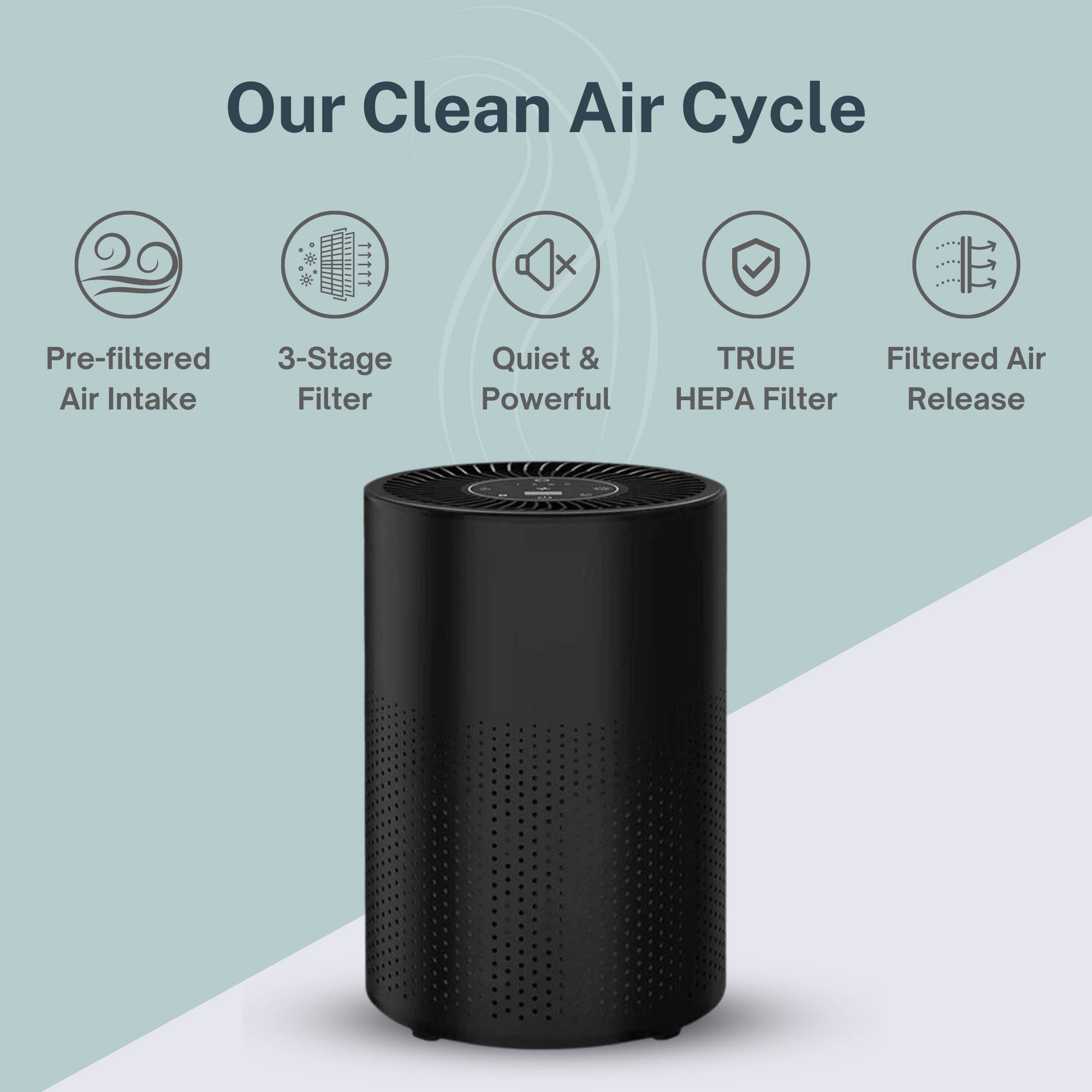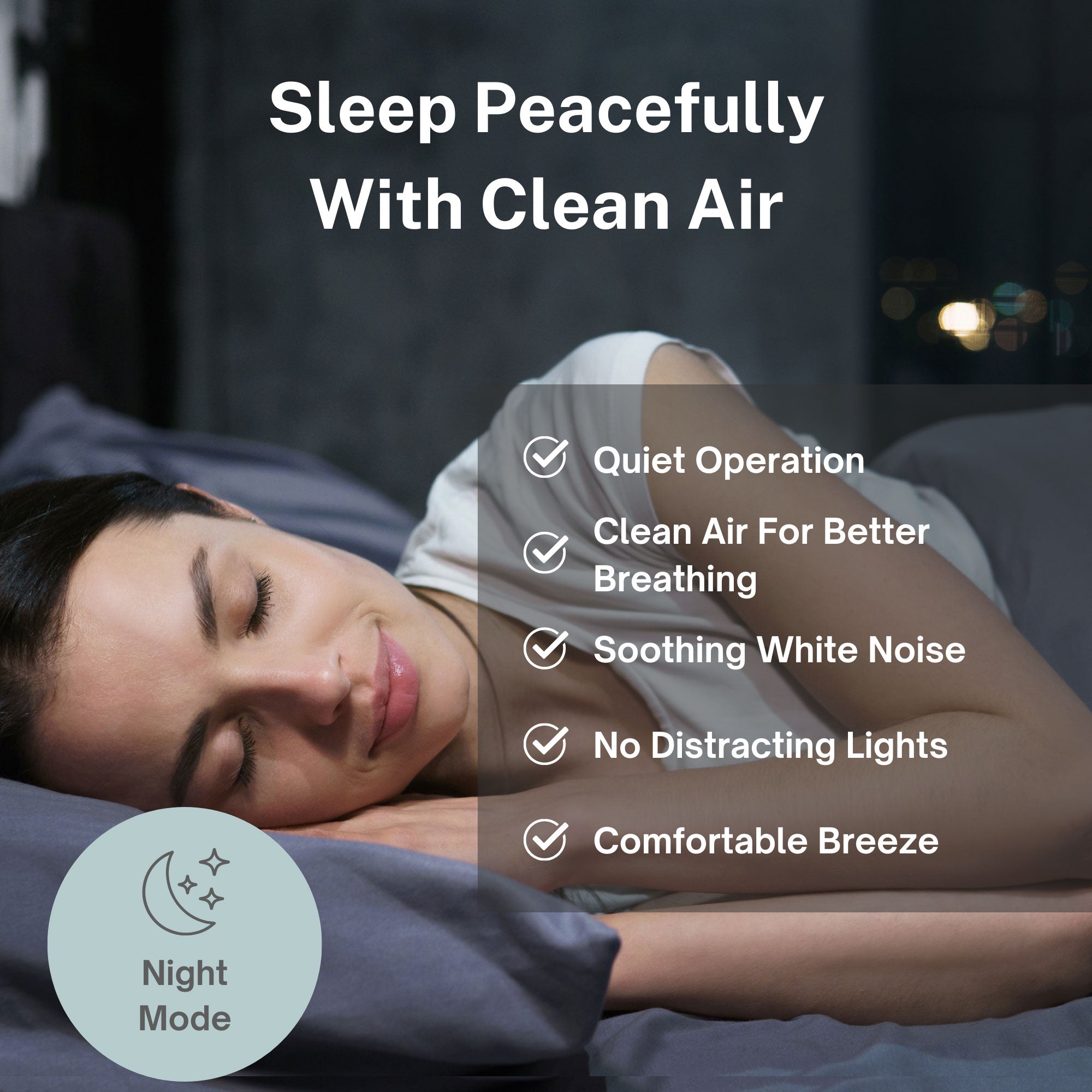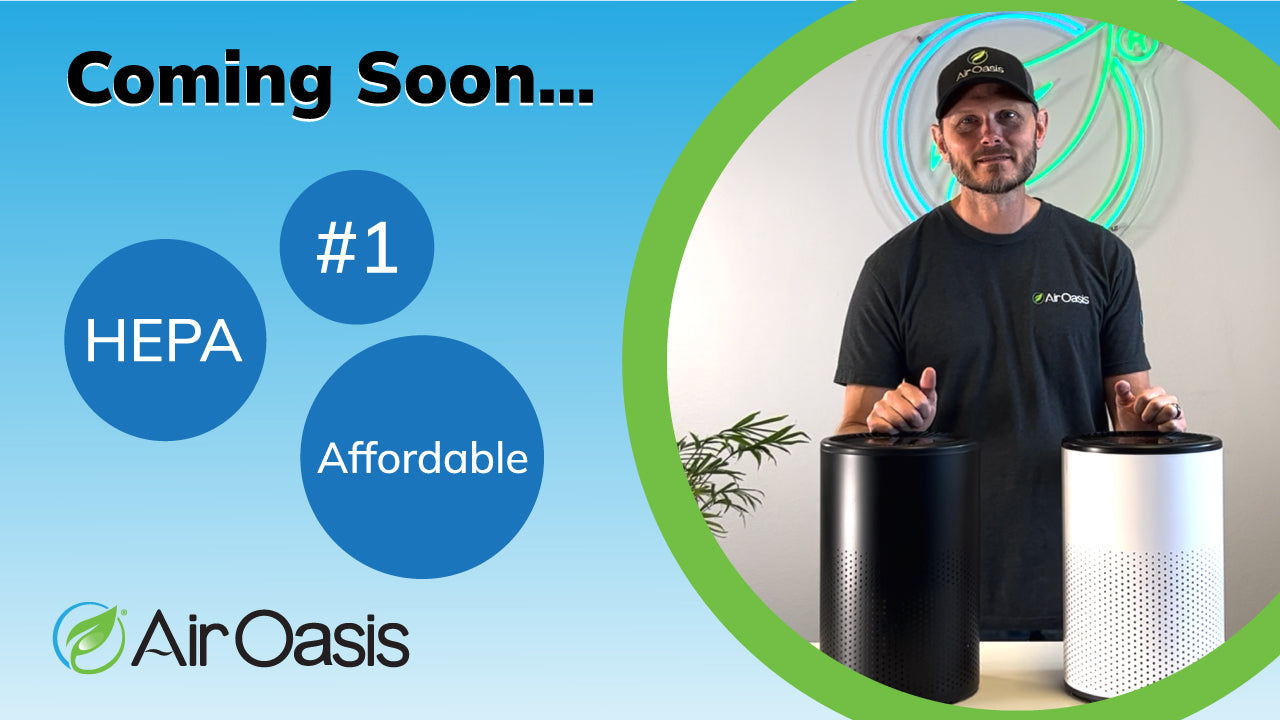When millions of Texans in Dallas-Fort Worth and Houston received ozone action day alerts today, officials offered familiar advice: share rides, avoid drive-throughs, conserve energy, and stay indoors. But here's the question no one asked: does staying indoors actually protect you from ozone pollution? The uncomfortable answer is no—not unless you've taken specific steps to address indoor air quality. Outdoor air pollution doesn't respect the boundaries of your home, and Texas's recurring ozone alerts reveal a larger truth about the air we breathe every day.
What Texas Ozone Action Days Tell Us About Air Quality
The Texas Commission on Environmental Quality issued alerts when atmospheric conditions—light winds, warm temperatures, and abundant sunshine—created environments where ozone pollution could reach "Unhealthy for Sensitive Groups" levels. According to the EPA, people most at risk from breathing ozone-contaminated air include those with asthma, children, older adults, and people who are active outdoors. Health impacts aren't trivial: ozone exposure causes coughing, difficulty breathing, and inflamed airways that can trigger serious respiratory distress.
Texas State Climatologist John Nielsen-Gammon explained that September and early October represent peak ozone season due to persistent sunlight combined with light wind speeds that allow emissions to accumulate over smaller areas. AccuWeather meteorologist Alex DaSilva noted that high pressure systems create air stagnation, preventing pollutants from dispersing. These aren't isolated incidents—they're predictable seasonal patterns affecting millions of people in major metropolitan areas.
When the Air Quality Index reaches the orange zone (101-150), vulnerable populations experience measurable health effects. For Texas residents dealing with these recurring alerts, the question isn't whether outdoor air quality poses risks—it's how to protect themselves when outdoor air regularly becomes unsafe to breathe.
The Indoor Air Reality Most Texans Don't Consider
Here's what Texas officials don't mention when they advise residents to stay indoors: outdoor air pollution infiltrates homes through windows, doors, HVAC systems, and structural openings. Ozone, particulate matter, and other pollutants don't stop at your doorstep. Research consistently shows that indoor air often contains the same outdoor pollutants—sometimes at higher concentrations due to inadequate ventilation and accumulation from indoor sources.
The children, older adults, and individuals with asthma who are most vulnerable to Texas ozone remain at risk indoors unless proper air filtration exists. Simply closing windows during an ozone action day provides minimal protection. Without comprehensive air purification, you're trading one contaminated environment for another. Understanding indoor air quality becomes essential when outdoor conditions regularly deteriorate, as they do throughout Texas during peak ozone season.
Why Texas Air Quality Patterns Demand Year-Round Protection
Texas ozone alerts illustrate a broader reality: air quality threats aren't one-time emergencies requiring temporary responses. They're recurring seasonal patterns that demand permanent solutions. When meteorologists predict that high-pressure systems will maintain poor air quality "into at least the weekend" and possibly longer, temporary measures fall short.
Health-conscious Texans recognize that wellness requires proactive infrastructure, not reactive behavior changes. Medical-grade air purification provides continuous protection regardless of atmospheric conditions outside. True HEPA filtration captures the fine particulate matter that accompanies ozone events—PM2.5 particles that penetrate deep into lungs. Substantial activated carbon addresses gaseous pollutants and VOCs that physical filters cannot remove. Advanced technologies like UV-C and bipolar ionization provide molecular-level protection against the full spectrum of outdoor contaminants that infiltrate during poor air quality days.
Particulate matter and ozone exposure significantly impact cardiovascular and respiratory health. For Texans facing recurring ozone alerts throughout fall and beyond, comprehensive indoor air protection isn't optional—it's a fundamental health requirement.
Creating Safe Indoor Environments in Texas and Beyond
Texas ozone alerts represent conditions affecting millions nationwide—not just in the Lone Star State, but anywhere urban emissions combine with atmospheric stagnation. While we cannot control weather patterns, emissions sources, or regional air quality, we absolutely can control what we breathe inside our homes.
Air Oasis iAdaptAir systems provide the multi-layered protection necessary to maintain genuinely clean indoor air when outdoor conditions deteriorate. Real-time air quality monitoring shows exactly what's happening in your space, while intelligent automation adjusts protection levels based on detected pollutants. When Texas issues its next ozone action day—and meteorologists confirm there will be more—your home can function as the true refuge officials promise but outdoor air cannot deliver.
Protect Your Indoor Air When Texas Can't Protect Outdoor Air
Recurring ozone alerts throughout Texas remind us that outdoor air quality is beyond individual control. But indoor air quality isn't. Medical-grade air purification creates the healthy sanctuary you deserve, protecting respiratory health when atmospheric conditions turn against you. Whether you're in Dallas, Houston, or any region facing air quality challenges, comprehensive indoor protection ensures you can always breathe clean air at home. Shop Air Oasis today and take control of the air you breathe, regardless of what's happening outside.


